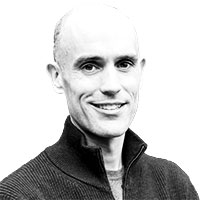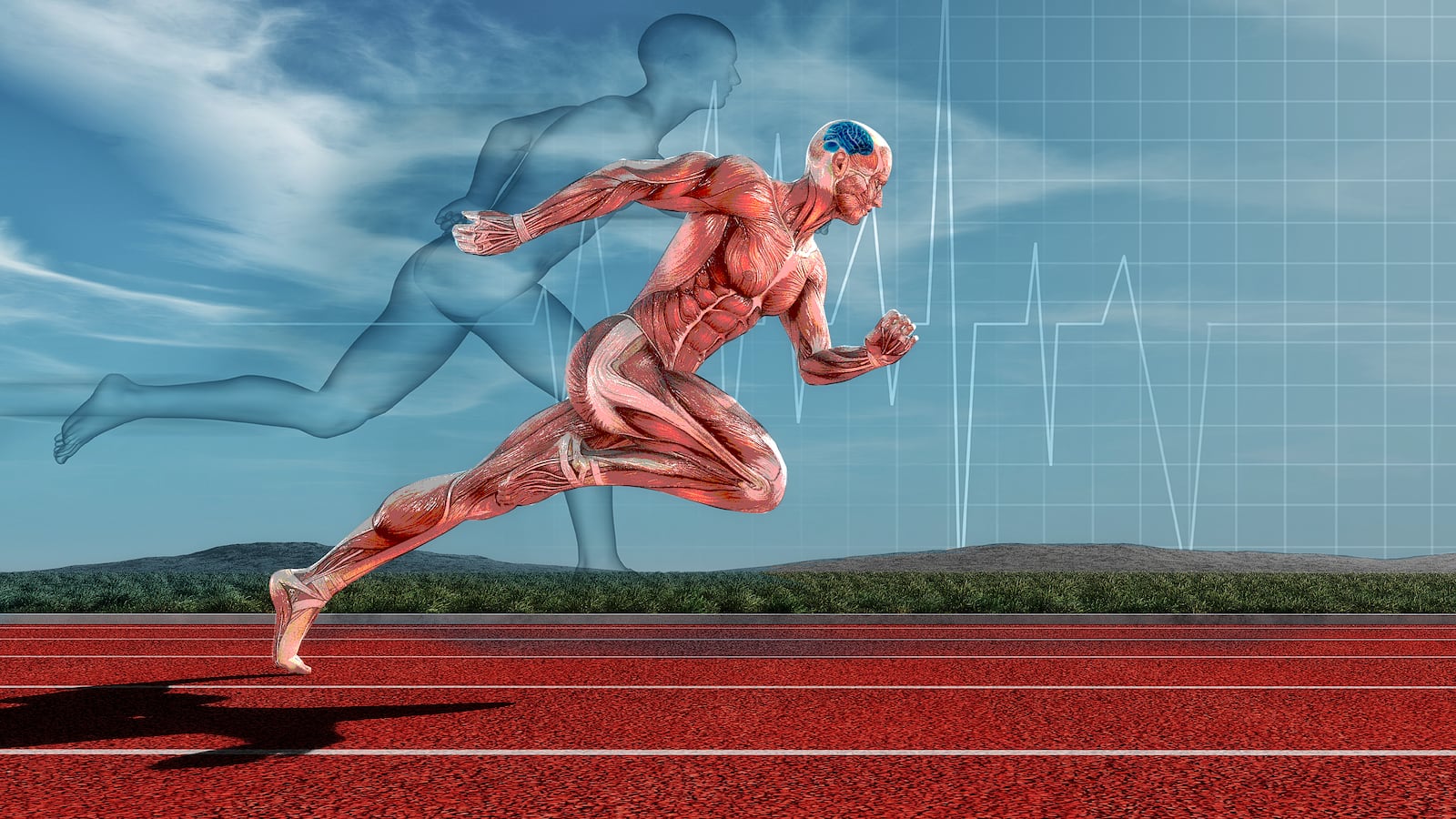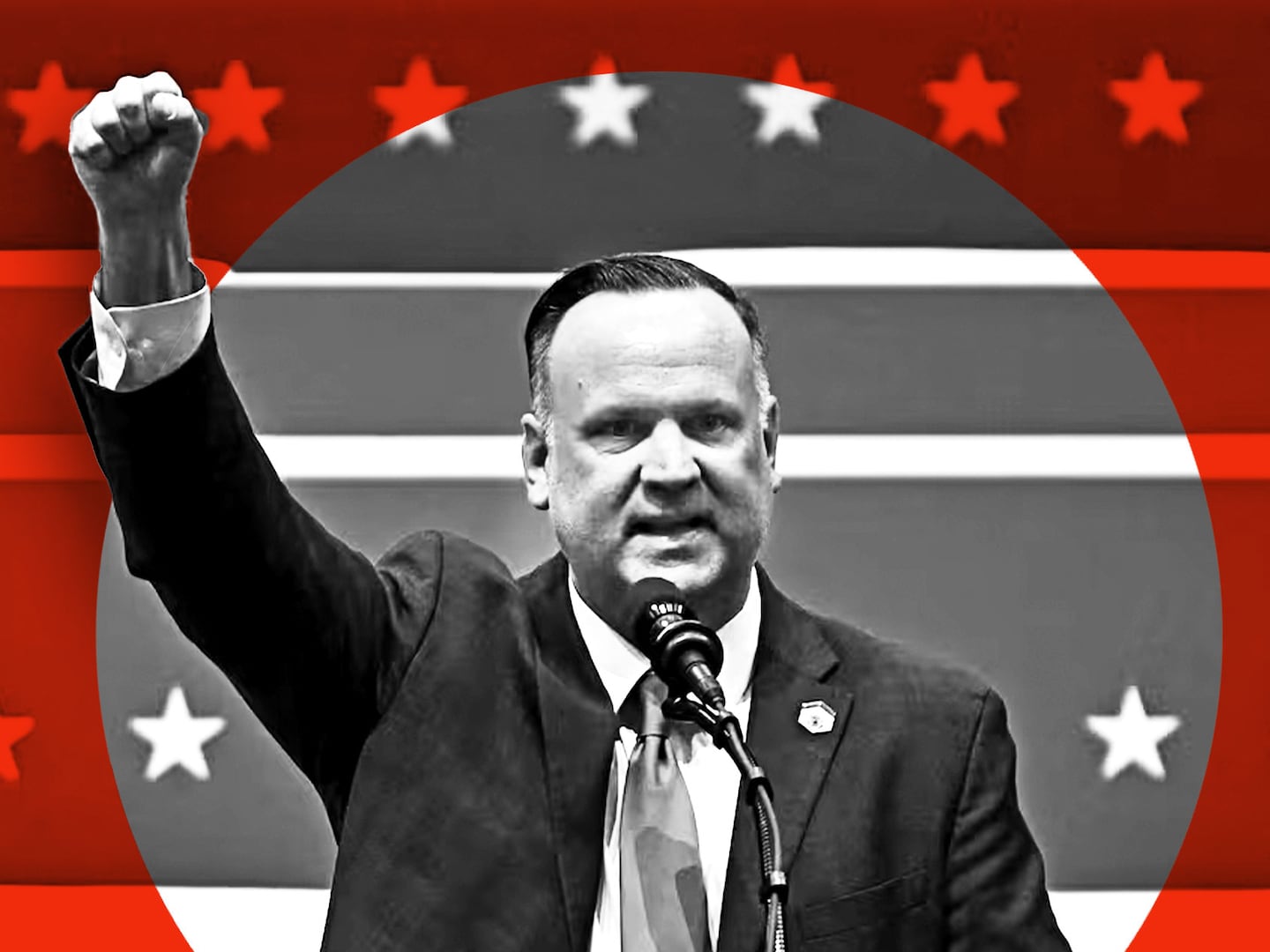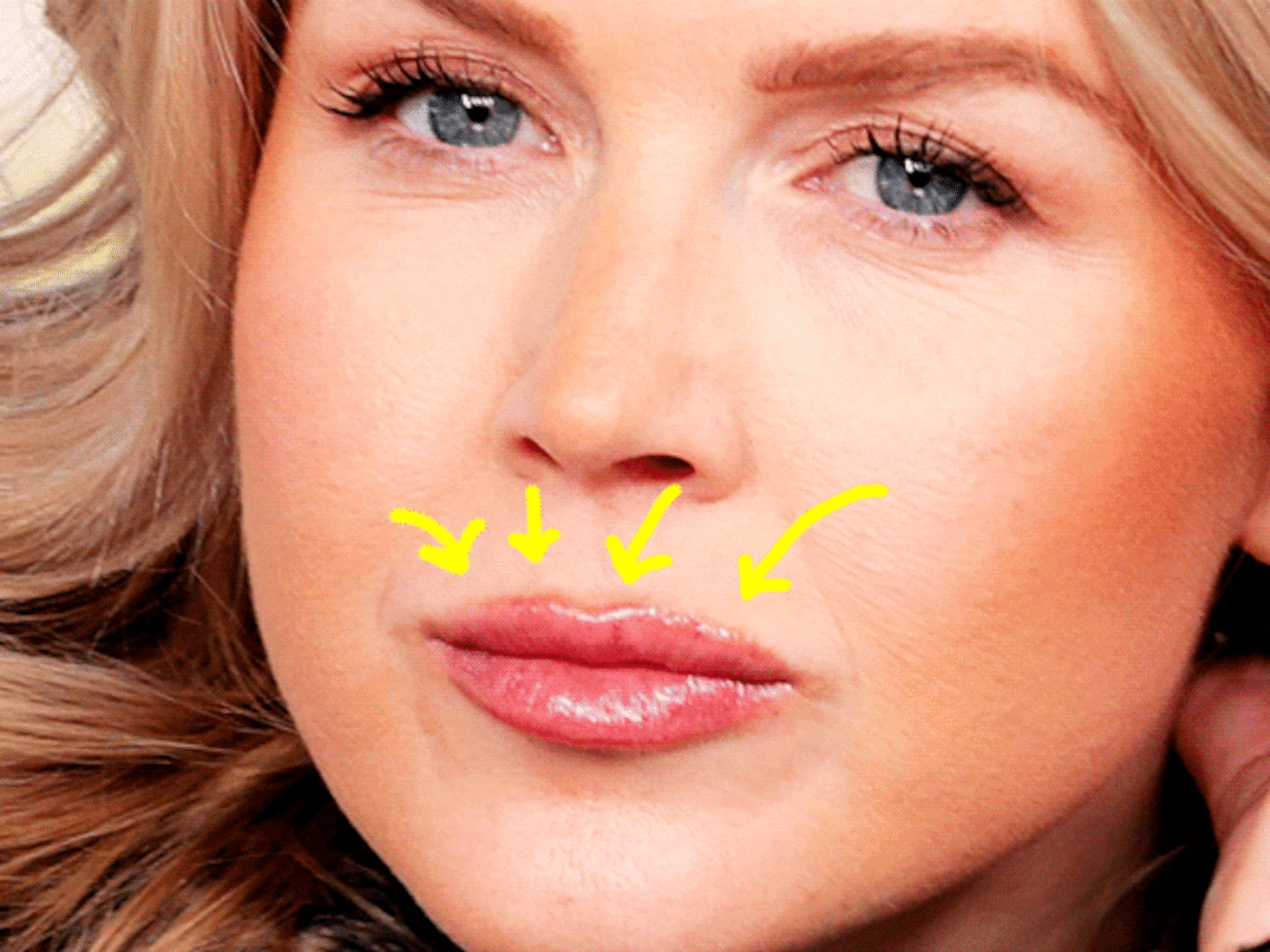The brain’s role in endurance is, perhaps, the single most controversial topic in sports science. It’s not that anyone thinks the brain doesn’t matter. Everyone, right back to A. V. Hill and other pioneers of the “body as machine” view, has always understood that the race is not always to the swift—particularly if the swift make bad tactical decisions, pace themselves poorly, or simply are unwilling to suffer. In that view, the body sets the limits, and the brain dictates how close you get to those boundaries. But starting in the late 1990s, a South African physician and scientist named Tim Noakes began to argue that this picture is insufficiently radical—that it’s actually the brain alone that sets and enforces the seemingly physical limits we encounter during prolonged exercise. The claim has profound and surprising implications, and the extent to which it’s true or false remains one of the most volatile flashpoints in exercise physiology, two decades later.
The particular tone of the controversy has as much to do with Noakes himself—an instinctive iconoclast who has been clashing with his scientific peers more or less continuously for four decades now—as with his ideas. “Tim is probably his own worst enemy,” says Carl Foster, the director of the University of Wisconsin–La Crosse’s Human Performance Laboratory and a former president of the American College of Sports Medicine, who counts Noakes as a friend. “He’s a very strong personality, and he gets these really neat, innovative ideas, but instead of saying, ‘Wow, I’ve found a better way to explain this,’ he says, ‘Everybody else is wrong.’” (Noakes, for his part, denies ever saying that everyone else is wrong. “Of course I believe they are wrong, but I am not about to tell them that,” he helpfully clarified in an email. “I just present what I believe is the truth.”) Either way, Foster acknowledges, if you want to challenge a century’s worth of textbook material, “maybe that stirring the pot is necessary.”
Noakes started out as a collegiate rower at the University of Cape Town, but his trajectory was altered one morning in the early 1970s when his rowing practice was canceled due to high winds. His teammates went home, but Noakes decided to stay and run around a nearby lake. After forty minutes, he was overcome by a feeling of euphoria—the classic but elusive runner’s high. Thanks in part to this quirk of brain chemistry, he quickly became hooked on the new sport, and ultimately shifted his professional interests from clinical medicine to running-related research. He went on to complete more than seventy marathon and ultra-marathon races, including seven finishes at South Africa’s famous 56-mile Comrades Marathon.
In the lab, meanwhile, his penchant for “paradigm-rattling,” as Foster calls it, emerged early. At a landmark gathering of sports scientists before the 1976 New York marathon, at the height of the first jogging boom, most of the presentations focused on the incredible health benefits of running. Noakes, in contrast, presented the case report of an experienced marathoner who’d suffered a heart attack, puncturing the then-popular notion that marathoners were immune to clogged arteries. In 1981, he reported the case of Eleanor Sadler, a forty-six-year-old woman who collapsed during the Comrades Marathon, and diagnosed her problem as hyponatremia, a result of drinking too much, rather than the more common problem of drinking too little. It took another two decades—and a handful of deaths—before the scientific community fully acknowledged the dangers of overdrinking during exercise.
That same year, Noakes cofounded a dedicated sports science unit in the basement of the University of Cape Town’s physiology department, with a single stationary bicycle and a nearly obsolete treadmill. He and his colleagues began bringing athletes in and testing their maximal oxygen consumption— “because,” he says, “in 1981, to be a sports scientist, you had to have a VO2max machine, to measure VO2max.” But it didn’t take long for Noakes to grow dissatisfied with the insights provided by A. V. Hill’s signature measurement. One day in the lab’s early years, he tested track star Ricky Robinson and Comrades champion Isavel Roche-Kelly, less than an hour apart—and despite their vastly different racing speeds, they both recorded the same VO2max. Noakes’s conclusion: “Clearly the VO2max was totally useless, because here we had a sub-four-minute miler and it couldn’t say he was any better than the lady who could run a five-minute mile.”
Over the next decade, Noakes began searching for better ways of predicting and measuring endurance, and other ways of explaining the apparent limits runners like Robinson and Roche-Kelly encountered when they finally had to step off the treadmill at the end of a test to exhaustion. Hill and his successors had focused on oxygen: at your limits, your heart was incapable of pumping any more oxygen to your muscles, or your muscles were incapable of extracting any more oxygen from your bloodstream. Noakes’s first idea for an alternative to VO2max, in the late 1980s, was that the limits might reside in the contractility of the muscle fibers themselves, but that theory fizzled.
By the 1990s, Noakes had become an internationally renowned running guru, thanks to the enduring pop-sci classic Lore of Running, a 944-page doorstopper that first appeared in 1985. In 1996, he received one of the highest honors in the field of exercise physiology: an invitation to deliver the J. B. Wolffe Memorial Lecture at the annual meeting of the American College of Sports Medicine. True to his reputation, he decided to harangue his eminent audience about their stubborn adherence to the “ugly and creaking edifices” of old theories that were unsupported by “empirical science.” It was in preparing for this talk that he had his crucial epiphany about the rarity of deaths from exhaustion, like Henry Worsley’s. Whatever our limits are, something must prevent us from exceeding them by too much. And that something, he reasoned, must be the brain.

Excerpt by Alex Hutchinson from Endure: Mind, Body, and the Curiously Elastic Limits of Human Performance from William Morrow, a division of HarperCollins.






